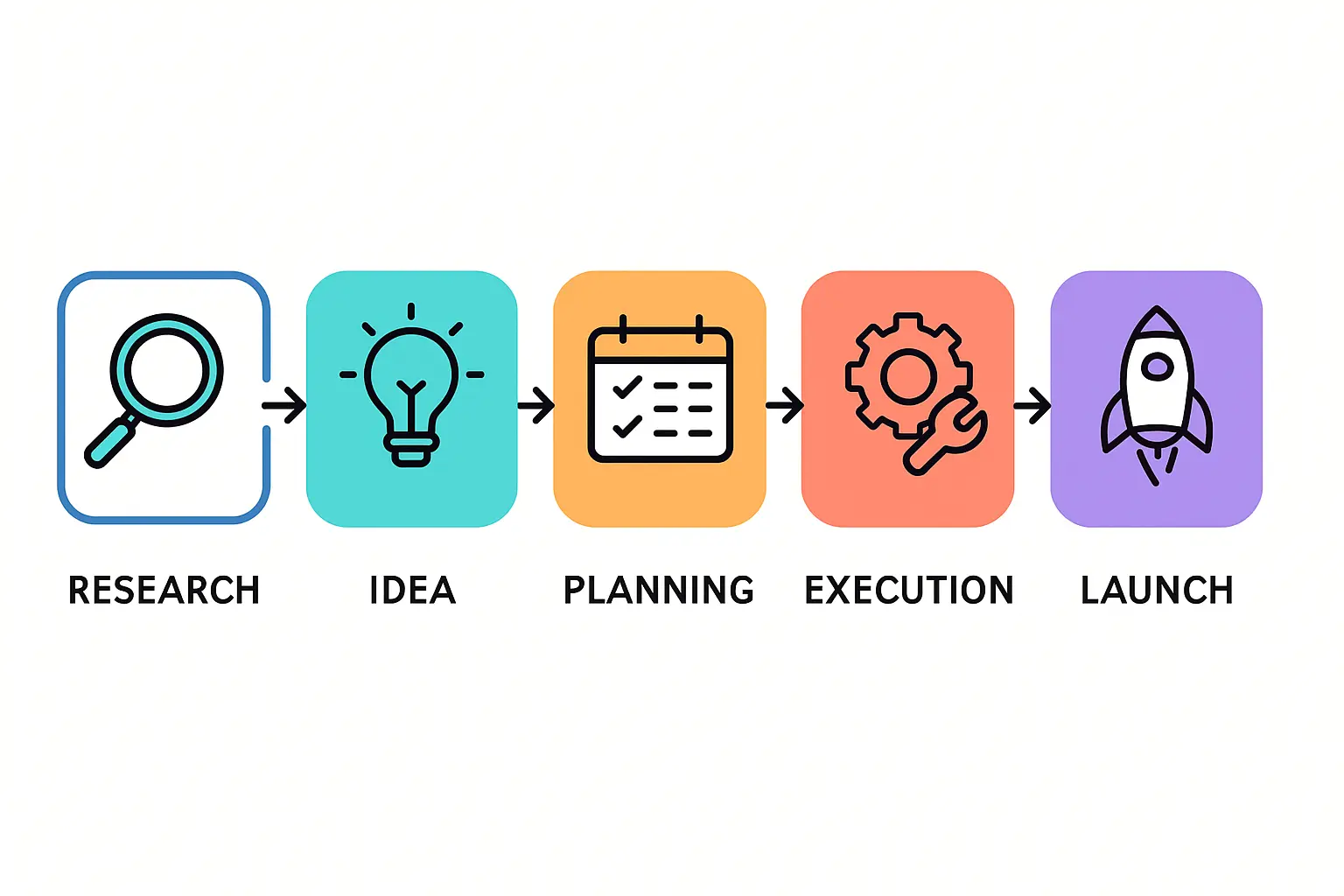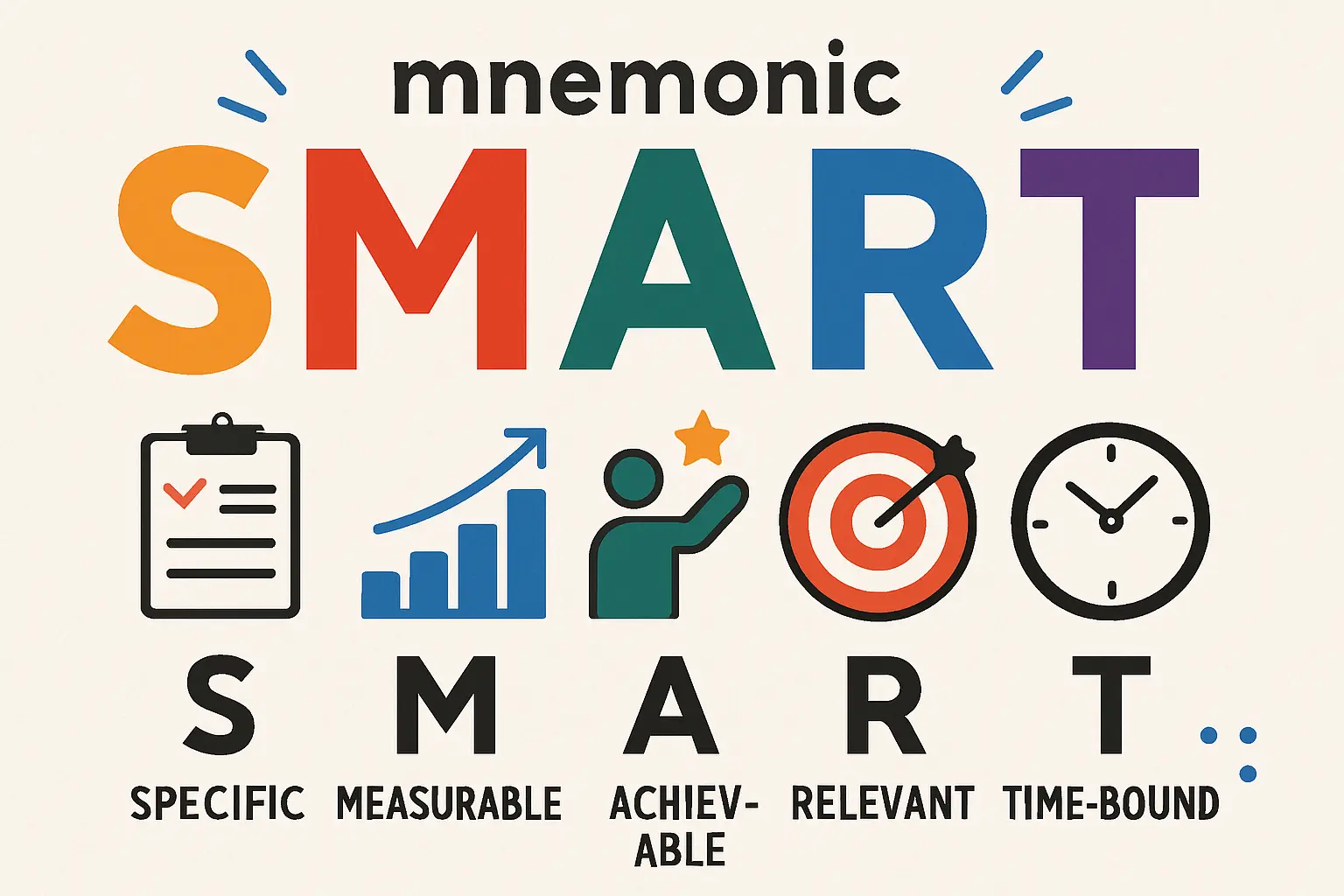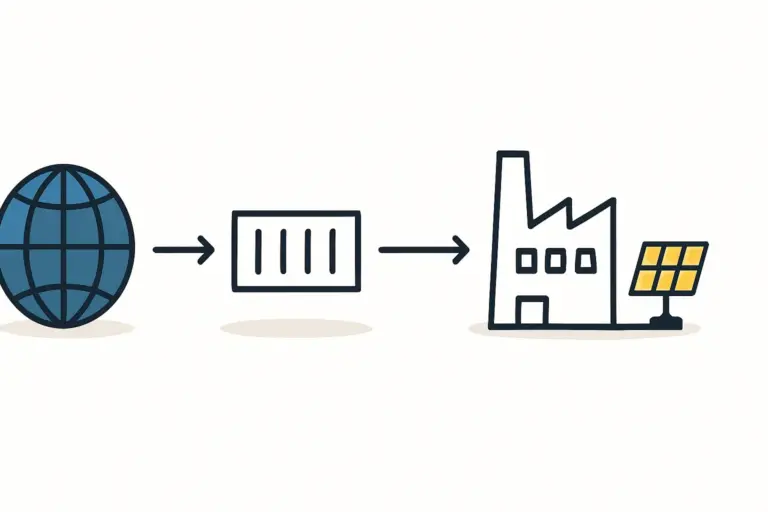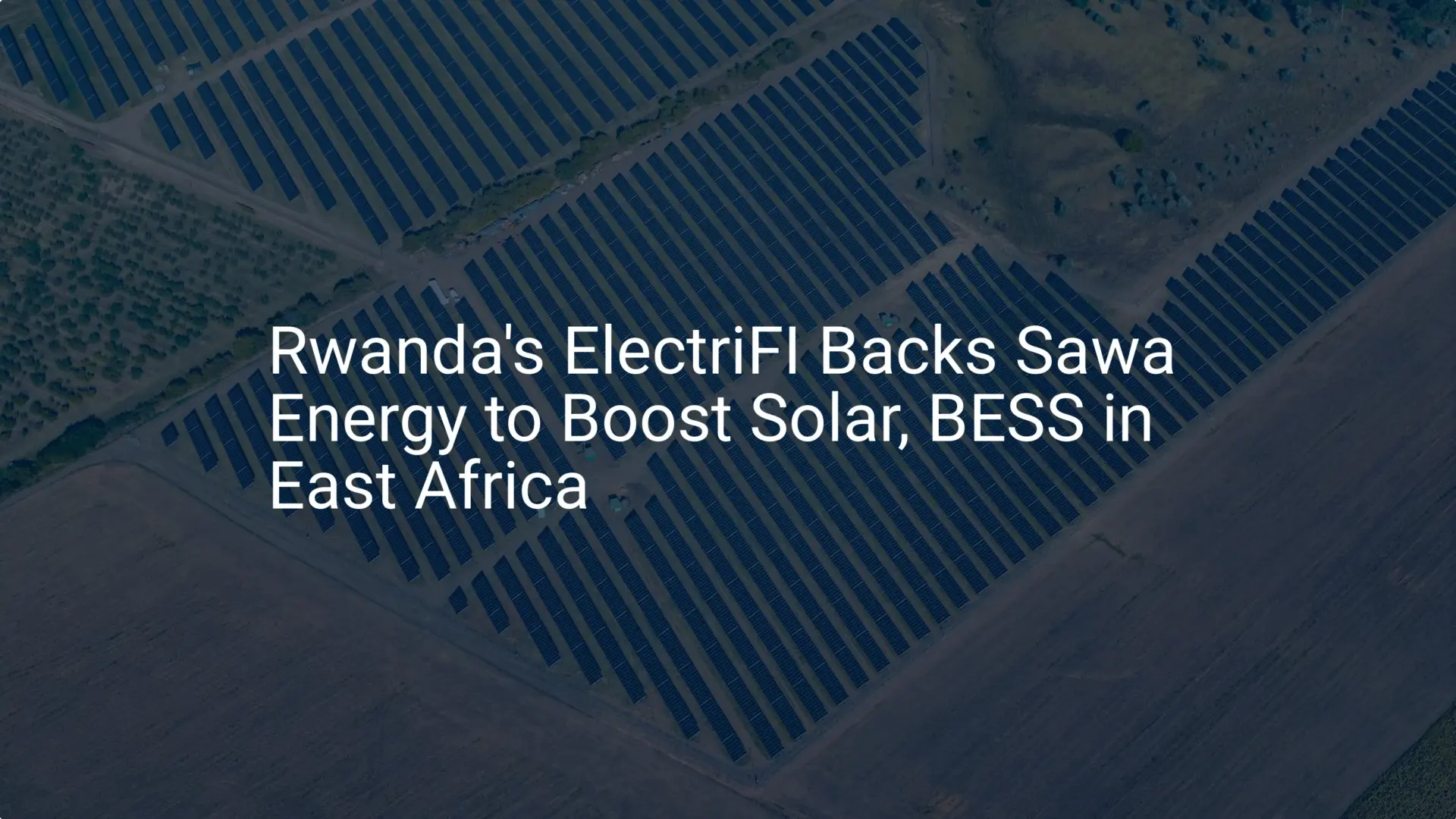Many entrepreneurs evaluating the solar industry focus on the potential of a single domestic market. While assessing population, national energy policies, and local demand is a logical first step, this lens can overlook a far greater opportunity: using one country as a strategic base to serve an entire economic region.
For investors considering solar module manufacturing in Africa, Rwanda presents a compelling case not just for its own market, but as a duty-free launchpad into the wider East African Community.
This article breaks down the strategic advantages of manufacturing solar modules in Rwanda for export to neighboring EAC countries. We’ll cover the essential trade agreements, regional market dynamics, and the economic logic that gives a Rwandan-based manufacturer a significant competitive edge.
Understanding the East African Community (EAC) as a Single Market
The East African Community (EAC) is a regional intergovernmental organization of eight partner states: Burundi, the Democratic Republic of Congo, Kenya, Rwanda, Somalia, South Sudan, Tanzania, and Uganda. A core feature of the EAC is its Customs Union, designed to facilitate trade and create a more integrated economic bloc.
From a business perspective, it’s more helpful to see the EAC not as eight separate countries, but as a single market with a combined population of over 300 million. This integrated market operates under two key principles that are critical for a solar manufacturing strategy:
-
Free Movement of Goods: Goods produced within one EAC partner state can be sold in any other partner state without incurring import duties.
-
Common External Tariff (CET): Goods imported from outside the EAC are subject to a common set of tariffs, regardless of which EAC country they first enter.
This structure creates a protective boundary around the economic zone, rewarding local production and penalizing external imports.
Rwanda’s Strategic Position as an EAC Manufacturing Hub
Within this economic bloc, Rwanda stands out for its unique combination of geographic and business advantages. Its central location provides direct, overland access to key neighboring markets like the Democratic Republic of Congo (DRC), Burundi, and Uganda. The country’s reputation for political stability, ease of doing business, and investment in infrastructure also makes it a reliable operational base.
The primary strategic advantage, however, lies in leveraging its membership in the EAC Customs Union. A solar module factory established in Rwanda is, by definition, operating inside the EAC’s economic borders.
In practical terms, solar modules manufactured in Rwanda can be exported to Uganda, Burundi, or the eastern DRC free of import tariffs. This provides a direct and substantial cost advantage over modules imported from outside the bloc, such as those from China or Europe.

The Economic Logic: Overcoming the Common External Tariff (CET)
The EAC’s Common External Tariff is the mechanism that makes local manufacturing so powerful. Historically, the CET on imported solar modules has reached as high as 25%. While this rate can be subject to change and temporary waivers, the underlying policy trend in many regions is to protect and encourage local industrialization.
An investor who builds a factory outside the EAC must contend with this tariff for every country they wish to enter, adding significant cost and complexity. In contrast, a manufacturer in Rwanda bypasses this barrier entirely for regional trade.
Consider the competitive landscape:
External Competitor: Imports modules from Asia, paying the CET at the port of entry. This increases the final solar panel manufacturing cost and selling price in the local market.
Rwandan Manufacturer: Produces modules locally and exports to Burundi duty-free. This allows them to sell to the end customer at a more competitive price or with a healthier profit margin.
This tariff advantage is a durable, policy-driven benefit that is difficult for external competitors to overcome.

A Critical Requirement: Navigating the EAC Rules of Origin
To qualify for duty-free treatment within the EAC, a product must be certified as originating from a partner state according to the community’s ‘Rules of Origin.’ These rules exist to prevent simple repackaging or trans-shipment, where a company might import finished goods, apply a new label, and re-export them to avoid tariffs.
For solar modules, this means the assembly process must involve a sufficient level of local value addition. A factory cannot simply import a finished panel and claim it is ‘Made in Rwanda.’ The solar panel manufacturing process—which includes steps like cell stringing, lamination, framing, and junction box application—is typically sufficient to meet these value-addition criteria.
Properly documenting this process and securing the necessary certificates of origin is a crucial procedural step. Managed correctly, it unlocks tariff-free access to the entire EAC market. J.v.G. Technology GmbH’s turnkey projects have shown that integrating compliance with Rules of Origin into initial factory planning is essential for a successful export strategy.
Key Target Export Markets from a Rwandan Hub
A factory in Rwanda is ideally positioned to serve several high-potential, energy-deficient markets.
The Democratic Republic of Congo (DRC): With a population exceeding 100 million and one of the lowest electrification rates globally, the DRC represents an enormous untapped market. The eastern provinces bordering Rwanda are particularly reliant on decentralized energy solutions due to a lack of grid infrastructure.
Burundi: As a direct neighbor, Burundi is an accessible market with a significant need for off-grid and mini-grid solar installations for its rural communities, schools, and health clinics.
Uganda: While Uganda has a more developed solar market, a Rwandan manufacturer can still compete effectively on price and delivery times, thanks to tariff advantages and geographical proximity.
These markets share common challenges—unreliable grids, high demand for power, and excellent solar irradiation—making them prime targets for locally produced solar modules.

Frequently Asked Questions (FAQ)
What exactly is the EAC Customs Union?
It’s an agreement among the eight EAC partner states to eliminate internal tariffs on goods produced within the community and to establish a common tariff for goods imported from outside, creating a unified market area.
Why not just import solar modules directly into each target country?
Importing directly would subject the modules to the Common External Tariff (CET) in each country, adding significant cost and making them less competitive against modules produced inside the EAC. Also, managing logistics and customs for multiple countries individually is more complex than distributing from a central hub.
How complex is it to comply with the EAC Rules of Origin?
Compliance requires careful planning and documentation, but it’s a standard part of the manufacturing setup process. A well-designed production line, from a small scale solar panel production line to a larger facility, performs the necessary transformation steps to meet the value-addition requirements. The key is to establish the correct administrative procedures from the beginning.
What is the primary benefit of this regional strategy?
The primary benefit is a significant and sustainable cost advantage derived from tariff-free access to a market of over 300 million people. This transforms a potential trade barrier (the CET) into a competitive advantage for the local manufacturer.
From Regional Strategy to a Concrete Business Plan
Viewing Rwanda not merely as a domestic market but as a strategic export hub for the East African Community fundamentally changes the scope and potential of a solar manufacturing investment. It shifts the focus from a market of 13 million people to a regional economic bloc of over 300 million.
This strategy leverages established trade agreements to create a clear, policy-based competitive advantage. For entrepreneurs ready to act, the next step is translating this strategic insight into a detailed financial and operational plan, analyzing everything from supply chain logistics to the specific certification requirements needed to unlock this regional opportunity.






